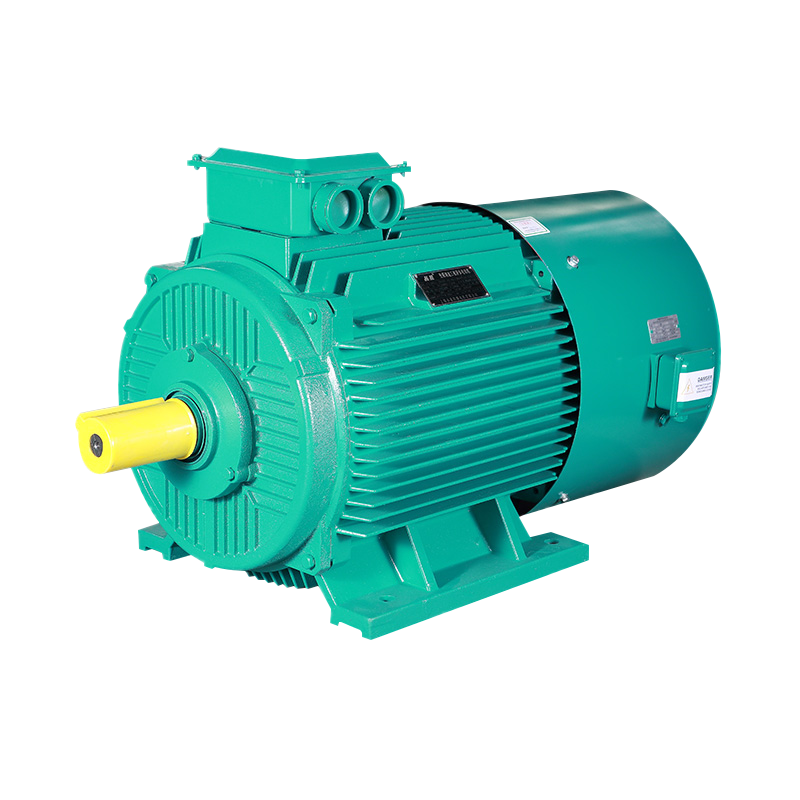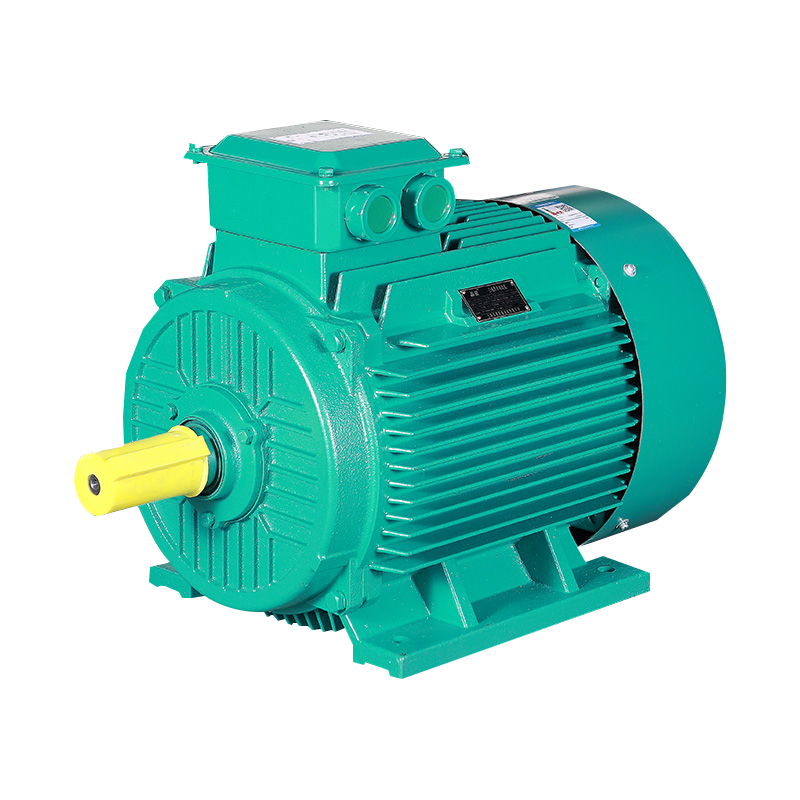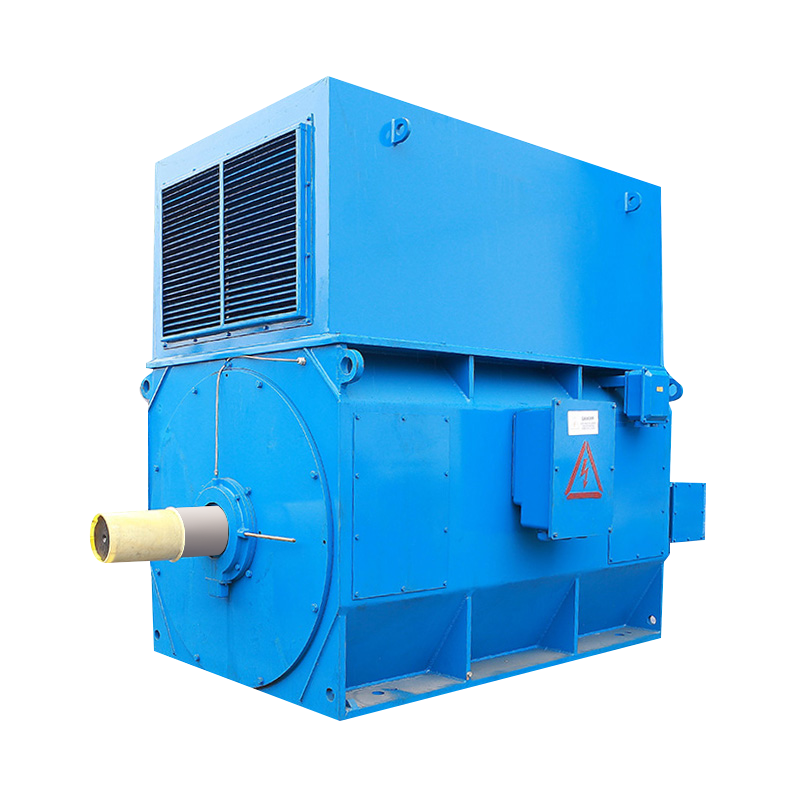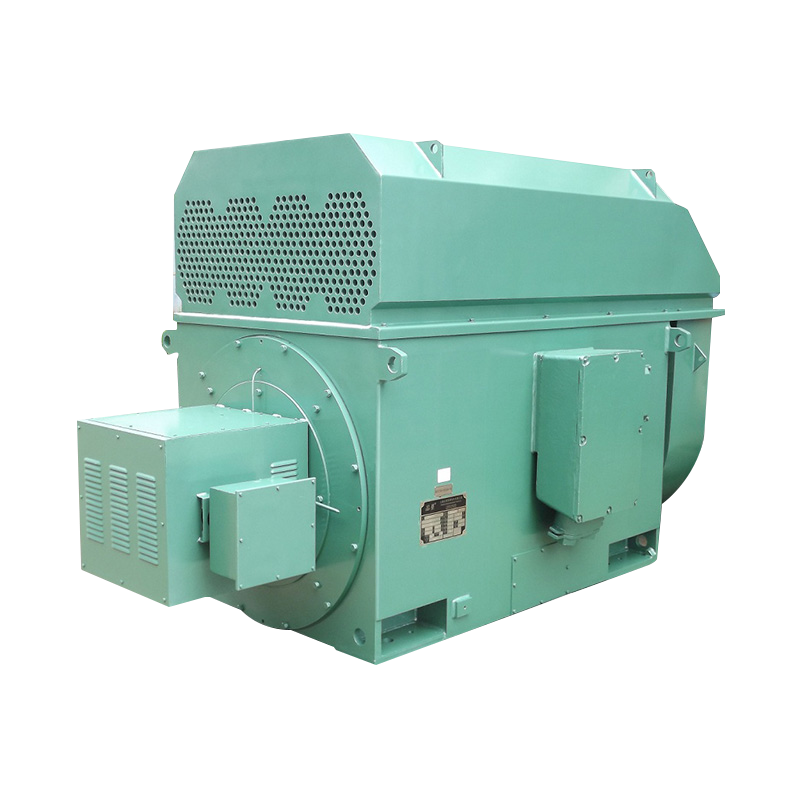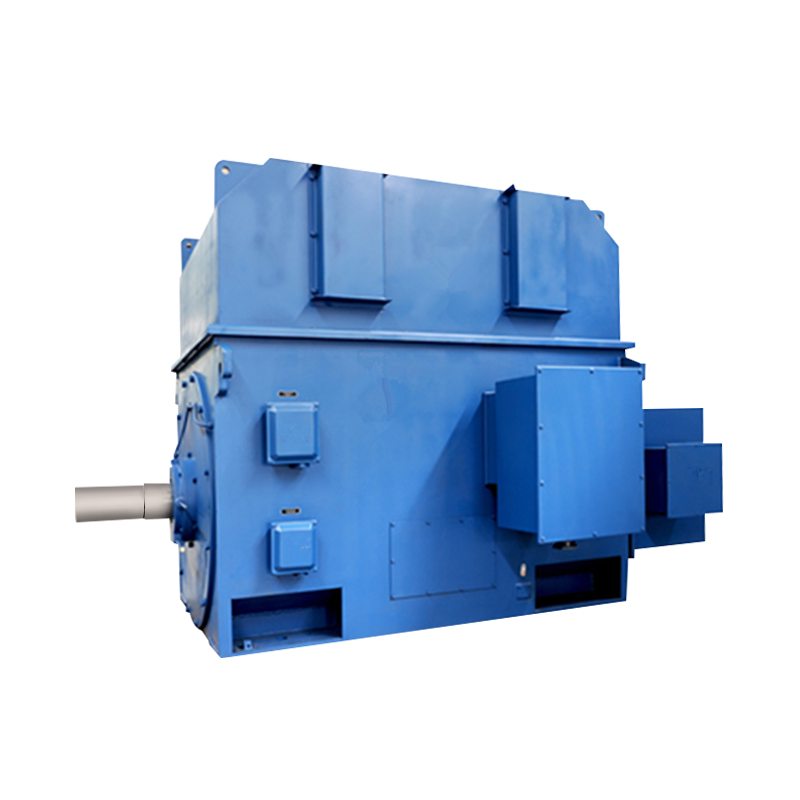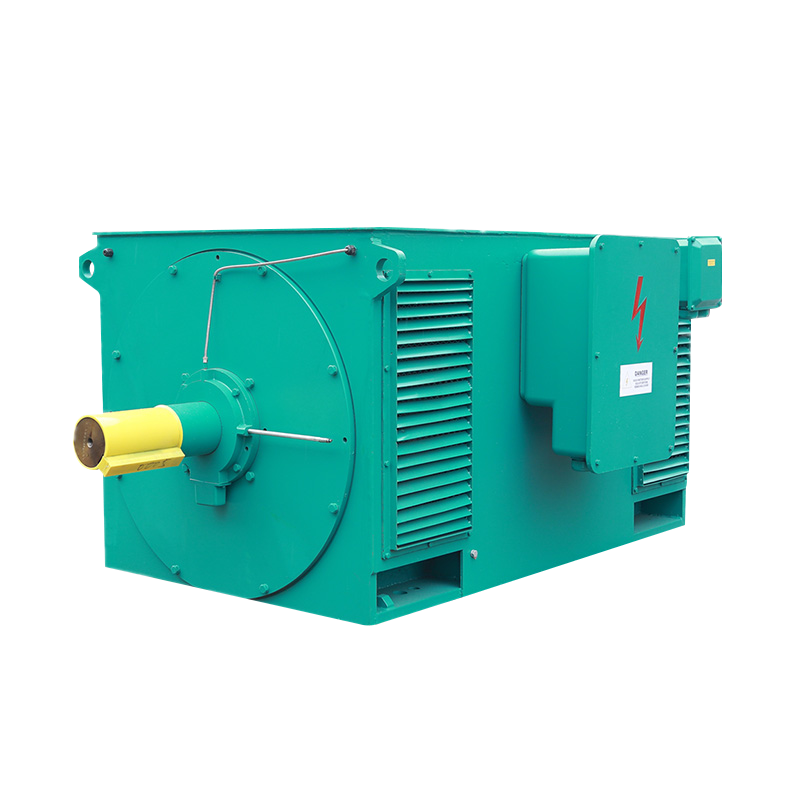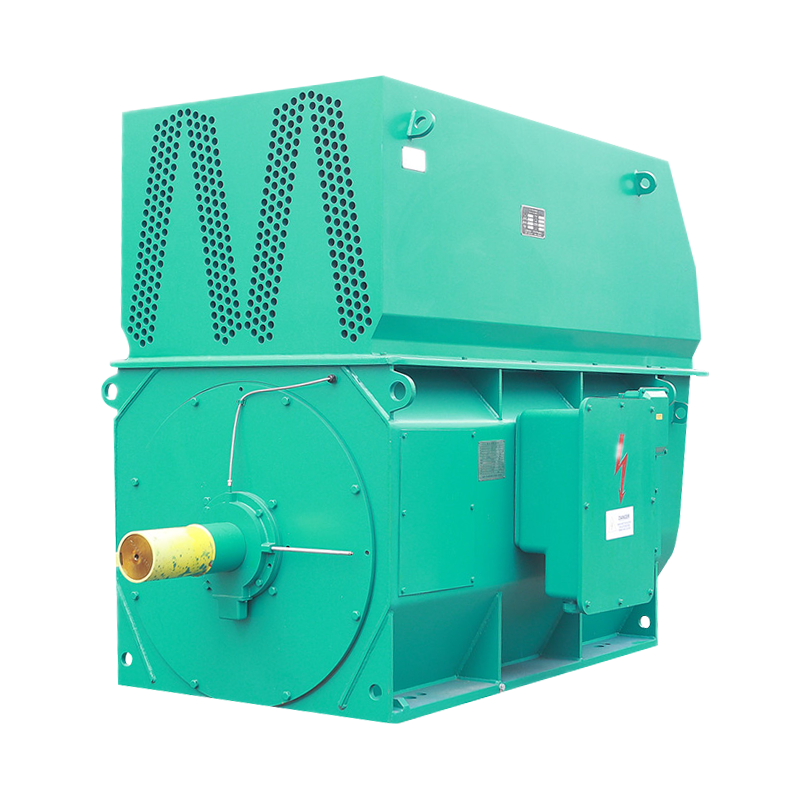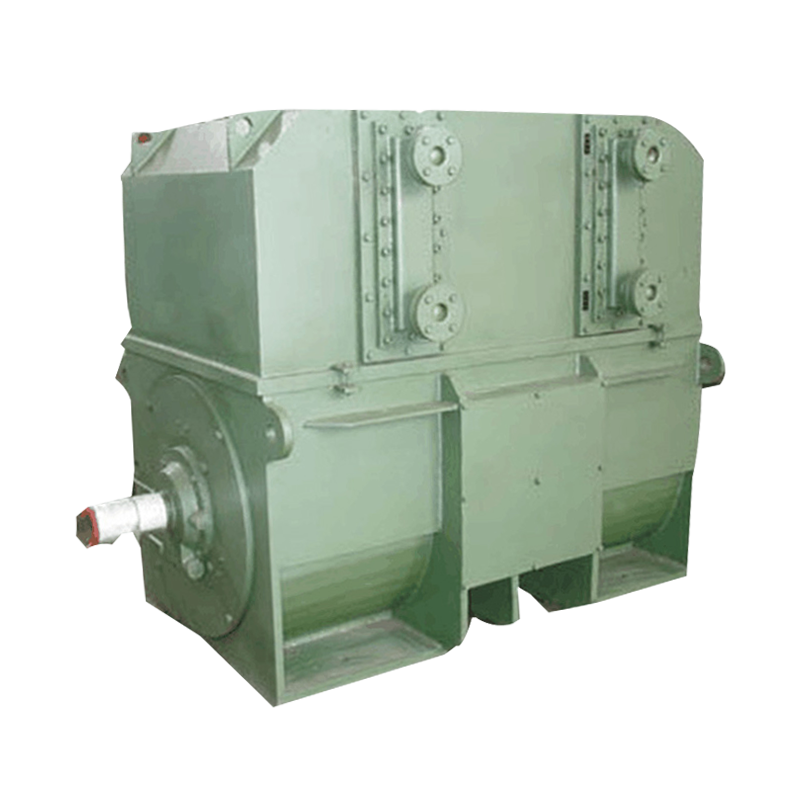Do you know how IE3 SERIES THREE PHASE INDUCTION MOTOR helps improve industrial efficiency?
1. Introduction
Today, the global industrial sector is undergoing a profound transformation. Traditional production models can no longer meet the rapidly changing market demand. Enterprises are facing multiple pressures to increase production capacity, reduce costs and achieve sustainable development. The limited resources and rising energy costs have prompted enterprises to find more efficient and environmentally friendly production methods to enhance their competitiveness and adapt to future development trends.
In this context, production efficiency has become a core indicator for measuring the competitiveness of industrial enterprises. Improving efficiency not only means faster production speed, but also represents the maximization of resource utilization and the minimization of waste. Whether it is a large manufacturing enterprise or a small and medium-sized factory, how to optimize the production process while ensuring product quality has become an important issue facing managers.
Improving production efficiency involves many aspects, including equipment upgrading, production process optimization, personnel skills improvement and the application of information systems. However, as one of the most basic and important links in the production process, the performance of the power system directly determines the operating efficiency of the entire production line. The performance of the power system, especially the motor, directly affects the stability, energy consumption and maintenance cost of the equipment, and thus affects the continuity and cost structure of production.
2. Technical Background of IE3 SERIES THREE PHASE INDUCTION MOTOR
2.1 What is THREE PHASE INDUCTION MOTOR?
THREE PHASE INDUCTION MOTOR is one of the most widely used power equipment in modern industrial applications. It works based on the principle of electromagnetic induction and is mainly composed of a stator, a rotor and a base. When the stator is energized, it generates a rotating magnetic field, inducing the rotor current, causing the rotor to rotate and drive the mechanical load to work.
This motor has a simple structural design, low manufacturing cost, convenient maintenance and strong adaptability. It is the preferred power source for many industrial equipment. It is widely used in pumps, fans, compressors, conveyors and mechanical processing equipment, and undertakes the heavy task of converting a large amount of mechanical energy in industrial production.
Although THREE PHASE INDUCTION MOTOR has a long history of development, the energy efficiency level of traditional models is generally low. With the enhancement of environmental protection policies and energy-saving awareness, improving its energy efficiency has become an urgent need.
2.2 Definition and Standard of IE3 Energy Efficiency Rating
In order to promote energy saving of motors, the International Electrotechnical Commission (IEC) has introduced the IE energy efficiency rating system, including IE1, IE2, IE3 and IE4. IE3, which stands for "high efficiency", is a standard widely used in industrial applications, far exceeding the efficiency level of traditional motors.
IE3 motors effectively improve energy conversion efficiency by optimizing the internal design of the motor, reducing copper loss (heat loss caused by current) and iron loss (loss caused by the magnetic core). According to IEC standards, IE3 motors show lower energy consumption under both full load and partial load conditions, helping industrial users achieve significant electricity savings.
Governments and industry organizations have also issued relevant regulations to force or encourage the use of IE3 and above motors to promote industrial energy conservation and emission reduction.
2.3 Core Technical Features of IE3 Series Motors
The high efficiency of IE3 series motors is mainly due to the following aspects:
Optimized winding design: using more reasonable coil arrangement and winding materials to reduce resistance loss and improve electromagnetic conversion efficiency.
High-quality silicon steel sheets: Use silicon steel sheets with low loss and high magnetic conductivity to reduce core eddy current and hysteresis losses.
Advanced heat dissipation structure: Improve the design of fans and housings to enhance the heat dissipation effect of motors and prevent overheating from affecting efficiency and life.
Precision manufacturing process: Improve the processing accuracy of parts, reduce mechanical friction and vibration, and ensure smooth operation.
Sealing and protection performance: High-standard sealing is used to improve reliability in response to possible dust, water vapor and corrosion in industrial environments.
These technological innovations not only improve the conversion efficiency of motors, but also enhance their ability to adapt to complex working conditions, enabling them to perform well in various industrial environments.
3. How do IE3 series motors improve industrial production efficiency?
3.1 Energy saving and consumption reduction, reducing operating costs
In industrial production, electricity is one of the main operating costs. With its excellent energy efficiency performance, IE3-level high-efficiency motors can increase the utilization of electricity to a higher level, thereby significantly reducing electricity bills.
For example, in a production line that runs continuously for a long time, even if the motor power remains unchanged, an efficiency increase of a few percentage points means a significant reduction in annual energy consumption, and the accumulated electricity bill savings are considerable. For enterprises, this continuous energy saving effect directly translates into a reduction in operating costs and improves overall profitability.
In addition, energy-saving motors also reduce heat loss in equipment, reduce the demand for cooling systems, and further reduce auxiliary energy consumption.
3.2 Improve equipment operation stability and life
When designing, high-efficiency motors focus on reducing mechanical and electrical losses, making the motor run more smoothly and reducing vibration and noise. This stability not only improves the comfort of the operating environment, but also reduces the wear rate of mechanical parts.
At the same time, the lower heat generation protects the motor insulation material, avoiding insulation aging and failure caused by overheating, thereby extending the life of the motor. Extending the service life of the equipment means reducing the frequency of replacement and reducing the capital expenditure of equipment renewal.
Stable operation can also prevent production interruptions caused by fault downtime, ensure the smooth implementation of production plans, and improve the overall production line efficiency.
3.3 Optimize load response and achieve efficient operation
Industrial production often involves load fluctuations, and equipment needs to adjust power output according to process requirements. IE3 motors have good load adaptability, can respond quickly to load changes, and maintain efficient operation.
This not only ensures the continuity of the production process, but also reduces energy waste. Accurate load matching helps production equipment maintain optimal working conditions and ensures stable and consistent product quality.
In addition, modern IE3 motors are usually equipped with intelligent control interfaces, which are convenient for use with automation equipment such as inverters to achieve more flexible speed and torque control, further improving energy efficiency and production flexibility.
3.4 Reduce maintenance frequency and ensure production continuity
IE3 series motors use high-quality materials and advanced processes to reduce wear and loss and reduce failure rates. The extension of maintenance cycles not only reduces the workload of maintenance personnel, but also significantly reduces downtime.
The reduction in regular maintenance time and the increase in equipment utilization rate ensure the continuous and stable operation of the production line. Enterprises can maintain a stable supply chain in the fierce market competition and avoid delays and customer loss caused by equipment problems.
4. Application scenario analysis of IE3 series motors
4.1 Wide application in industrial manufacturing
Manufacturing is one of the largest application areas of THREE PHASE INDUCTION MOTOR. Whether it is automobile manufacturing, mechanical processing, or textile, printing and packaging industries, power motors are the core power source of production equipment.
IE3-level motors have become an important choice for modern manufacturing companies to upgrade their equipment with their high efficiency, energy saving, stability and durability. Their superior energy efficiency performance helps to reduce overall production costs and improve the green production level of factories.
At the same time, the good load adaptability of the motor meets the diversified and high-precision power requirements in the manufacturing process, and promotes the combination of intelligent manufacturing and automation technology.
4.2 Key driving force of the energy industry
The energy industry, such as wind power generation, hydropower generation and petrochemicals, has extremely high requirements for the stability and efficiency of power equipment. IE3 series motors have become an important link in improving energy conversion efficiency due to their low energy consumption and high reliability.
In petrochemical production, equipment that runs at high load for a long time uses high-efficiency motors, which can effectively reduce energy consumption, reduce equipment failures and improve production safety.
In the field of new energy, the energy-saving performance of IE3 motors helps to reduce system energy consumption, achieve green energy goals and promote energy structure optimization.
4.3 Energy-saving assistance for buildings and municipal facilities
Municipal construction uses a large number of motor-driven equipment, such as water supply pumps, drainage systems, and air-conditioning fans. The use of IE3-level high-efficiency motors not only improves the operating efficiency of equipment, but also significantly reduces energy consumption, which is in line with the policy orientation of energy conservation and emission reduction.
Building energy conservation has become an important part of urban sustainable development. IE3 motors provide strong support for green building and smart city construction by improving the overall efficiency of equipment and reducing operating costs.
5. Strategies and suggestions for promoting and implementing high-efficiency motors
5.1 Enterprises should enhance awareness and promote energy-saving transformation
Enterprises should strengthen energy-saving awareness and include high-efficiency motors as an important consideration for equipment procurement and renewal. Through technical training and policy publicity, management and operators should be more aware of the advantages of high-efficiency motors.
Energy-saving transformation is not only a technological upgrade, but also a strategic measure for enterprises to achieve sustainable development. Formulate a reasonable investment plan to gradually replace inefficient motors to avoid the financial pressure of a one-time large investment.
5.2 Government policy guidance and support
The government should encourage enterprises to adopt high-efficiency motors by issuing energy-saving regulations and subsidy policies. Policy guidance helps to form market synergy and accelerate the popularization of high-efficiency motors.
At the same time, strengthen the implementation of energy efficiency standards, promote motor manufacturing companies to continue technological innovation, improve product quality and performance, and meet market demand.
5.3 Technical service and after-sales guarantee
A sound technical service system is an important guarantee for promoting high-efficiency motors. Manufacturers and service providers should provide professional installation, commissioning, maintenance and fault diagnosis services to ensure that the equipment performs at its best in actual operation.
Through intelligent monitoring and remote diagnosis, the equipment status can be monitored in real time, potential problems can be warned in advance, the equipment life can be extended, and maintenance costs can be reduced.
5.4 Combine intelligent manufacturing to achieve efficient management
Combining high-efficiency motors with intelligent manufacturing systems, and using technologies such as the Internet of Things and big data to achieve intelligent scheduling and energy consumption monitoring of production equipment.
Through digital means, optimize production processes, adjust equipment operating parameters in real time, improve overall production efficiency and resource utilization, and achieve green production goals.
6. Future Outlook: The role of high-efficiency motors in the Industrial 4.0 era
6.1 Moving towards higher efficiency levels
With technological progress and the improvement of environmental protection requirements, motor energy efficiency standards will continue to upgrade, and IE4 and higher-level motors will gradually become mainstream.
In the future, high-efficiency motors will adopt more new materials, new structural designs and intelligent control technologies to achieve lower energy consumption and higher performance.
6.2 Popularization of intelligent motors
Intelligent motors are equipped with sensors and communication interfaces, which can monitor the operating status in real time, support predictive maintenance, and reduce fault downtime.
Combined with artificial intelligence technology, intelligent motors will achieve adaptive control, automatically optimize operating parameters, and further improve energy-saving effects and equipment reliability.
6.3 Driving force for sustainable development
The promotion and application of high-efficiency motors will become an important support for achieving the goal of carbon neutrality. By improving energy efficiency, reducing industrial energy consumption, and promoting the development of green manufacturing and circular economy.
In the future, green power systems will run through the entire industrial production process and become the core infrastructure for sustainable industrial development.
7. Conclusion
IE3 SERIES THREE PHASE INDUCTION MOTOR has become an important booster for modern industry to improve production efficiency with its excellent energy-saving performance, stable and reliable operation and wide applicability. With the popularization of energy-saving and environmental protection concepts and the continuous advancement of technology, the application of high-efficiency motors will become increasingly in-depth, injecting strong impetus into the transformation and upgrading of industrial manufacturing.
Enterprises should seize this opportunity, actively adopt high-efficiency motors, combine intelligent manufacturing and information technology, and realize green optimization and efficient operation of production processes. Only in this way can we gain an advantage in the fierce market competition and promote the industry to move towards a more energy-saving, environmentally friendly, intelligent and efficient direction.





 English
English русский
русский Français
Français عربى
عربى
